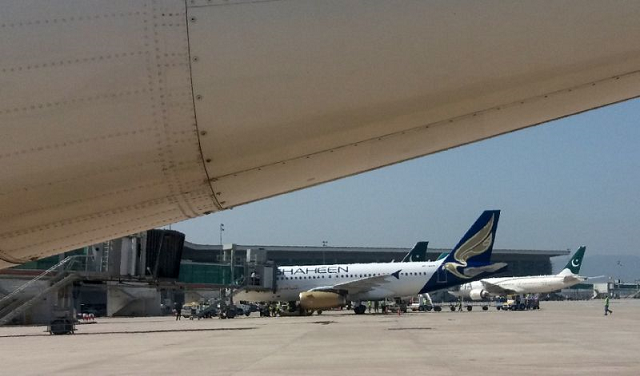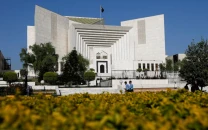Airspace closure costs Pak Rs4.1b
Air traffic drops 20% due to restrictions on Indian aircraft

The closure of Pakistan's airspace has affected 100 to 150 Indian aircraft daily, resulting in about a 20% reduction in air traffic, said a written reply submitted by the Ministry of Defence to the National Assembly regarding closure of airspace in the wake of Pakistan-India confrontation in May.
According to the Pakistan Airports Authority (PAA), the closure for aircraft registered with Indian airlines caused a loss of approximately Rs4.1 billion in overflight revenue between April 24 and June 30, 2025.
The airspace was closed after the April 22 attack on tourists in the Indian Occupied Kashmir. Later on May 7 India launched missile strikes inside Pakistan sparking a conflict that lasted till May 10 when Pakistan launched a series of attacks inside India.
In 2019, the closure of airspace after Pulwama attack in the held Kashmir had caused a loss of about Rs7.6 billion in overflight revenue for the PAA — then called the Civil Aviation Authority (CAA).
During the recent confrontation with India, Pakistan bore certain financial losses due to the airspace closure; however, national sovereignty and defence are considered more important than economic interests, the reply added.
Safeguarding the homeland remains the top priority. Currently, Pakistan's airspace is open for all airlines except Indian aircraft. Pakistani airlines and aircraft are also prohibited from flying over Indian airspace. Before the 2019 tensions, the average daily overflight revenue stood at $508,000.
Despite this temporary disruption, the PAA demonstrated financial resilience. When it comes to defending national sovereignty and security, no price is too high. The defence of Pakistan will always remain our foremost priority, it added.




















COMMENTS
Comments are moderated and generally will be posted if they are on-topic and not abusive.
For more information, please see our Comments FAQ